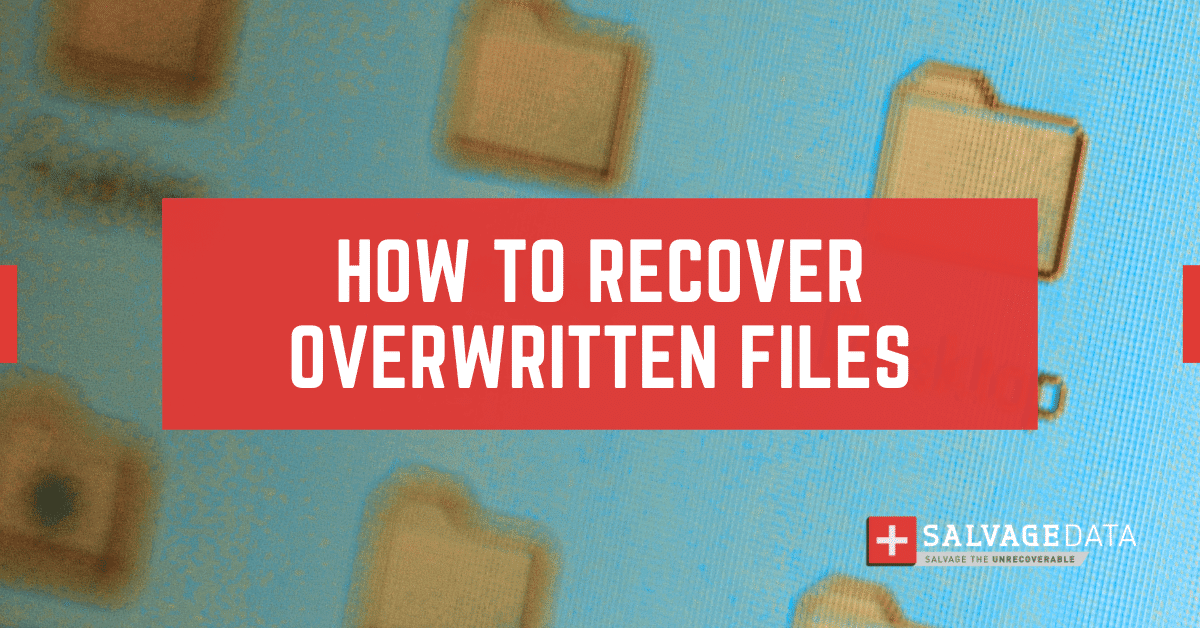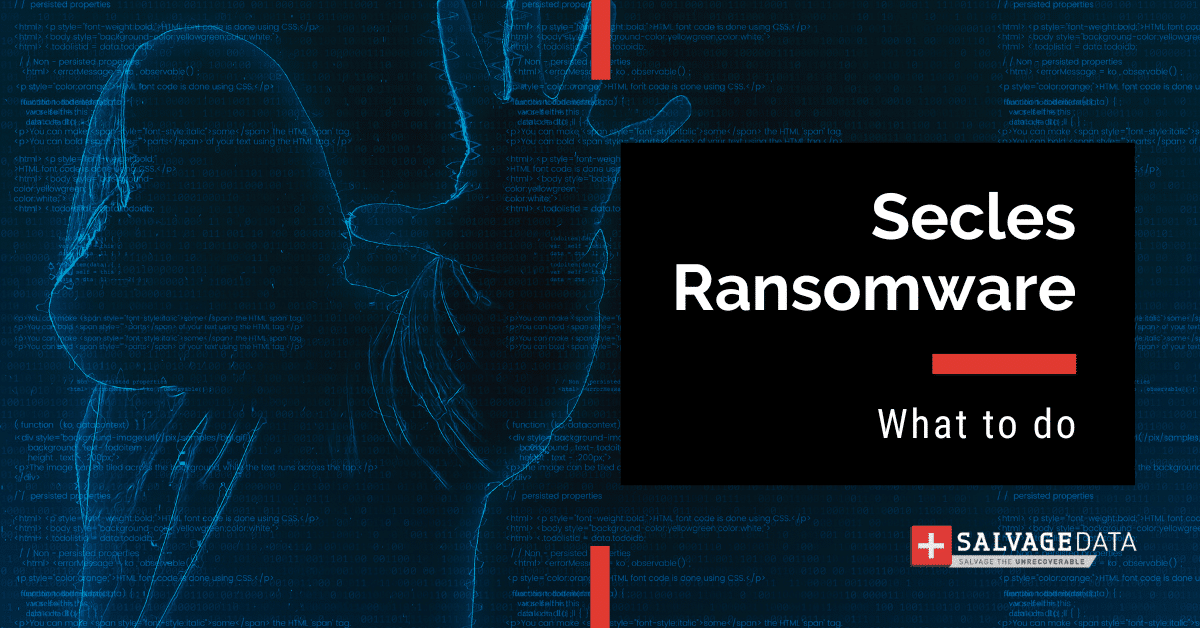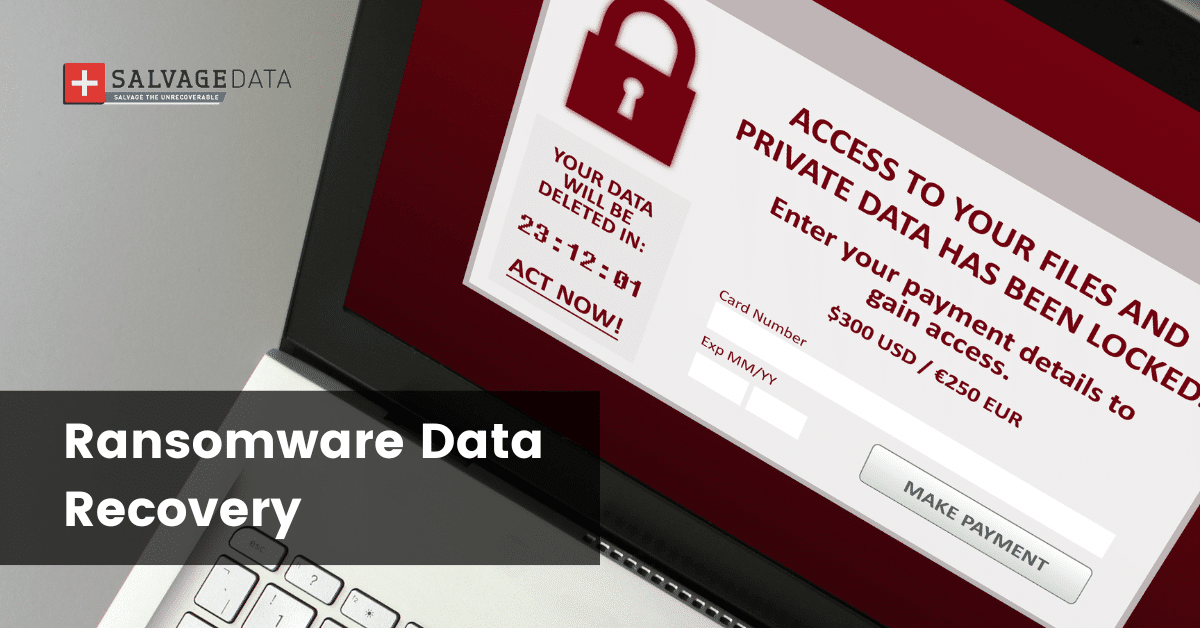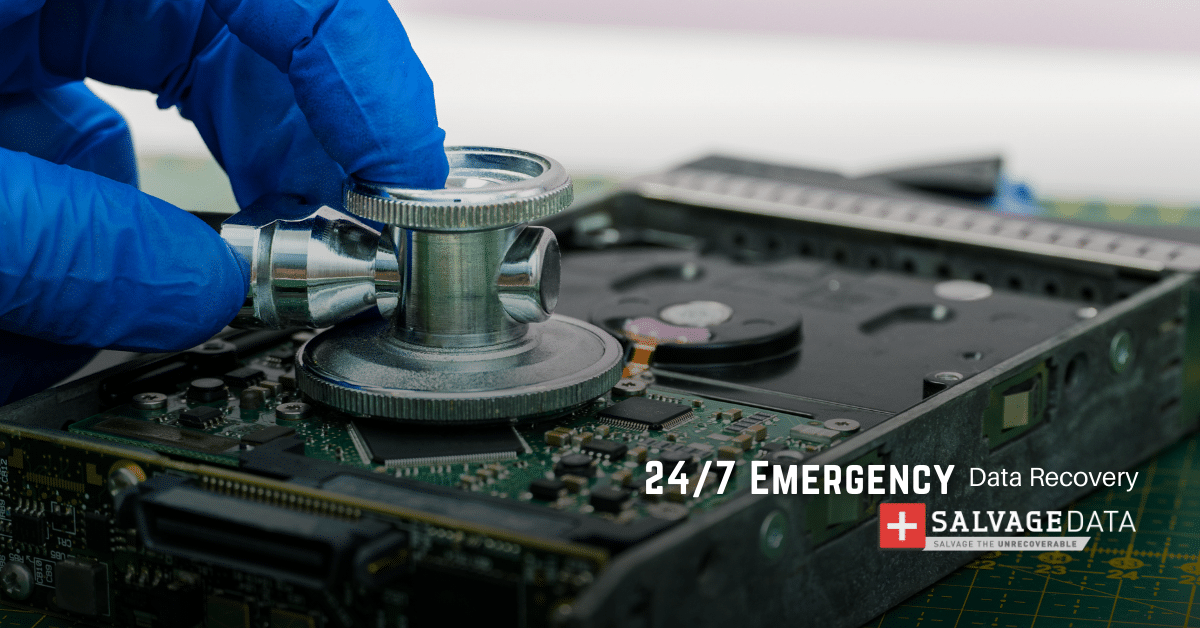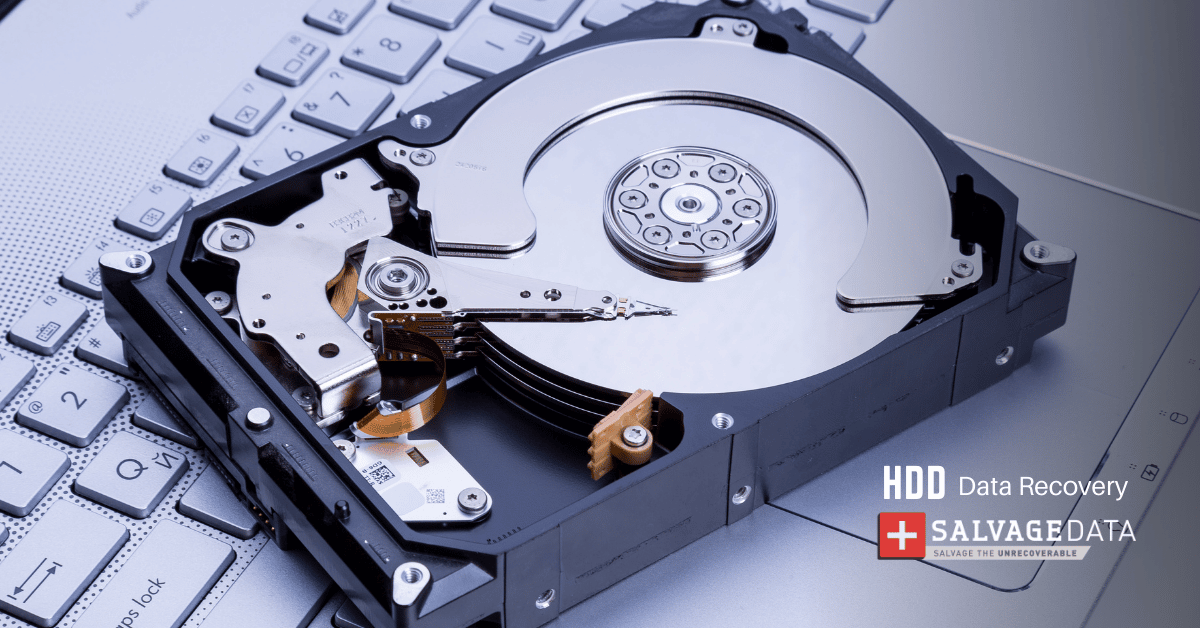Recent Articles
How To Recover Overwritten Files
The Snowflake Data Breach: A Comprehensive Overview
Mac Not Recognizing External Hard Drive: Quick Fix Solutions
How Multi-Cloud Backup Solutions Can Prevent Data Disasters
Capibara Ransomware: What is it & How to Remove
What Should a Company Do After a Data Breach: The Ticketmaster Incident
Secles Ransomware: Removal Guide
What To Do When Your Chromebook Freezes
How to Create Hyper-V Backup
What Is The Best Data Recovery Software For PC

I think there's an issue with my storage device, but I'm not sure Start a free evaluation →
I need help getting my data back right now Call now (800) 972-3282
What is Mobef Ransomware?
Mobef is a type of malware that encrypts your files and demands a ransom in exchange for the decryption key. This particular strain of ransomware was first discovered in May 2019. Mobef is unique in that it uses both the AES and RSA encryption algorithms to encrypt your files. This makes it very difficult to decrypt your files without the decryption key.
Mobef typically targets businesses and organizations rather than individual users. This ransomware is typically spread via email attachments or through malicious websites. Once it has infected your system, it will scan your hard drive for specific file types to encrypt. After it has encrypted your files, it will display a ransom note demanding payment in Bitcoin to decrypt your files. The amount of the ransom varies but is typically around 1-2 Bitcoins.
What types of files does Mobef Ransomware encrypt?
It primarily targets Microsoft Office documents, PDFs, images, and videos. However, it can also encrypt other types of files such as databases and backups.
Protection
There are several things you can do to protect yourself from Mobef Ransomware:
– Use a reputable antivirus program and keep it up to date
– Be cautious when opening email attachments, even if they appear to be from a trusted sender
– Do not click on links in emails or instant messages from people you don’t know
– Avoid visiting websites that are known to be malicious
– Keep your operating system and software up to date
– Use a firewall
– Use strong passwords
– Regularly back up your files to an external hard drive or cloud storage service
What should you do?
If you have been infected with Mobef Ransomware, the first thing you should do is disconnect from the internet to prevent the malware from encrypting any more files. Then, you will need to scan your system with a reputable antivirus program to remove the malware. After that, you can restore your files from a backup if you have one. If you don’t have a backup, you can try using a file recovery program to recover your files. We recommend using SalvageData data recovery software.
Public decryption tool
There is no public decryption tool available for Mobef Ransomware at this time.
How to remove Mobef ransomware? (Virus Removal Guide)
This malware removal guide may appear overwhelming due to the number of steps and numerous programs that are being used. We have only written it this way to provide clear, detailed, and easy-to-understand instructions that anyone can use to remove malware for free. Please follow the steps in the order listed in this guide.
So, to remove Mobef ransomware from your computer, follow these steps:
- Start your computer in Safe Mode with Networking. To do this, press the F8 key repeatedly when you restart your computer.
- Once your computer is in Safe Mode with Networking, open a web browser and download Malwarebytes Anti-Malware and SpyHunter.
- Install both programs and scan your computer for Mobef ransomware.
- If either program can remove the ransomware, it will do so at this point. If not, continue to the next step.
- Use an anti-ransomware program to remove Mobef ransomware.
- Restore your files from a backup (if you have one).
- Reformat your computer (optional). This step should only be used as a last resort as it will delete all your files and programs from your computer.
Contact a data recovery service
If something goes wrong during the Mobef removal process or you are unable to remove the ransomware, you can contact a data recovery service.
SalvageData is one of the few data recovery services that offer a Mobef Ransomware decryption tool.
We also offer a free consultation to help you determine if your files can be recovered. SalvageData has successfully recovered data from Mobef ransomware infections and can help you get your files back.
For more information, please visit our website or give us a call at +1 (800) 972-3282. We are ready to help you 24/7.

